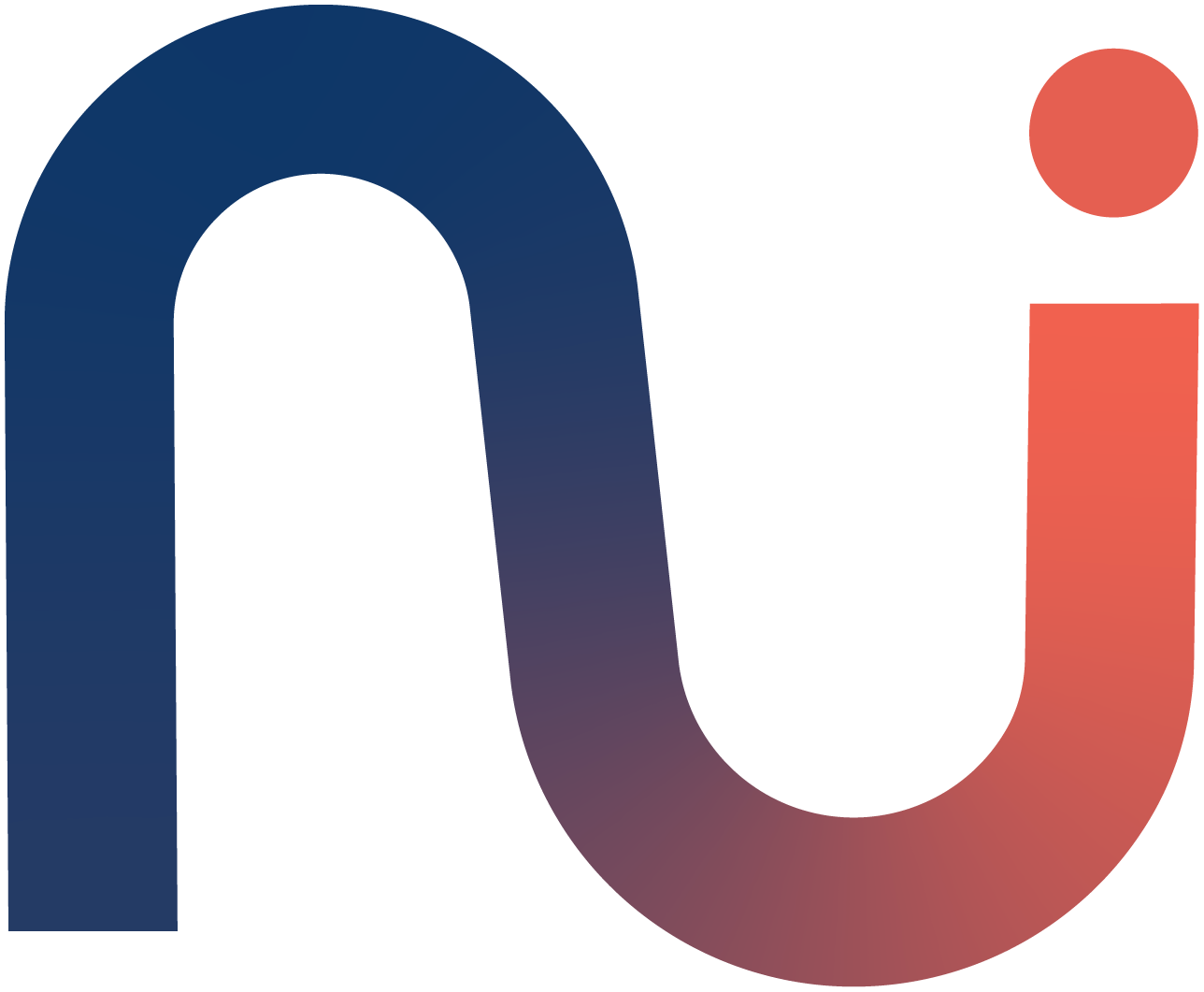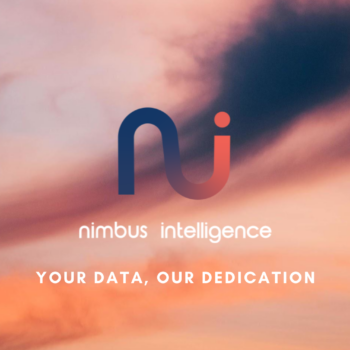Unstructured vs structured data
RAG architectures improve the performance and reliability of chatbots by giving it business knowledge from unstructured data as context. Unstructured data refers to information that doesn’t follow a predefined schema or format: documents, emails, PDFs, support tickets, wikis, chat logs, you name it. Unlike structured data that lives in neatly organized tables, unstructured data lacks a predefined format, making it harder to search, analyze, or extract value from. Yet, this type of data often holds the richest insights. The challenge has always been: how do we make this mess searchable, usable, and relevant without manually sorting through terabytes of noise?
Retrieval-Augmented Generation(RAGs)
That’s where Retrieval-Augmented Generation comes in. RAG is an approach that combines traditional information retrieval with modern language models. Instead of relying solely on what a model has seen during training, RAG systems pull in relevant context from an external knowledge source at runtime. This allows for more accurate, up-to-date, and source-grounded answers especially useful in environments where data changes frequently.
The backbone of a solid RAG system starts with chunking and vector storage. Large documents are broken into smaller, semantically meaningful “chunks.” These chunks are then converted into vector embeddings, numerical representations of their content and stored in a vector database. When a query is made, the system searches for the most relevant chunks using similarity search, feeding them into a language model along with the query itself. The model then generates a response grounded in the retrieved data. Without proper chunking or a performant vector store, even the most advanced model will struggle to produce useful answers.
This approach has clear applications for chatbots and virtual assistants, especially in enterprise environments. Imagine a support bot that can instantly search through years of internal documentation, or a compliance tool that pulls exact policy text in response to a legal query. RAG enables systems to give meaningful, trustworthy responses without requiring retraining for every new knowledge update. It’s also being used in tools for research, contract analysis, customer support, and even content generation in any place where up-to-date, domain-specific knowledge is needed.
In short
In practice, implementing a RAG system means understanding your data, preparing it properly, and choosing the right tools for storage and retrieval. It’s not just about gluing together a few APIs, it requires thoughtful design decisions around document chunking strategies, embedding models, retrieval precision, and performance trade-offs.
At Nimbus, we work with teams to unlock the value in their data, building systems like data pipelines that make information accessible, searchable, and useful where it matters most. If you’re curious about how this could apply to your use case, don’t hesitate to reach out. We’re happy to answer any questions you might have. Contact us






